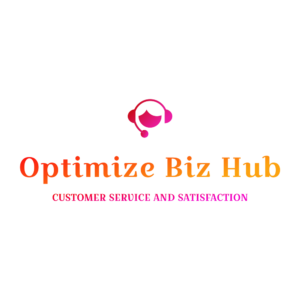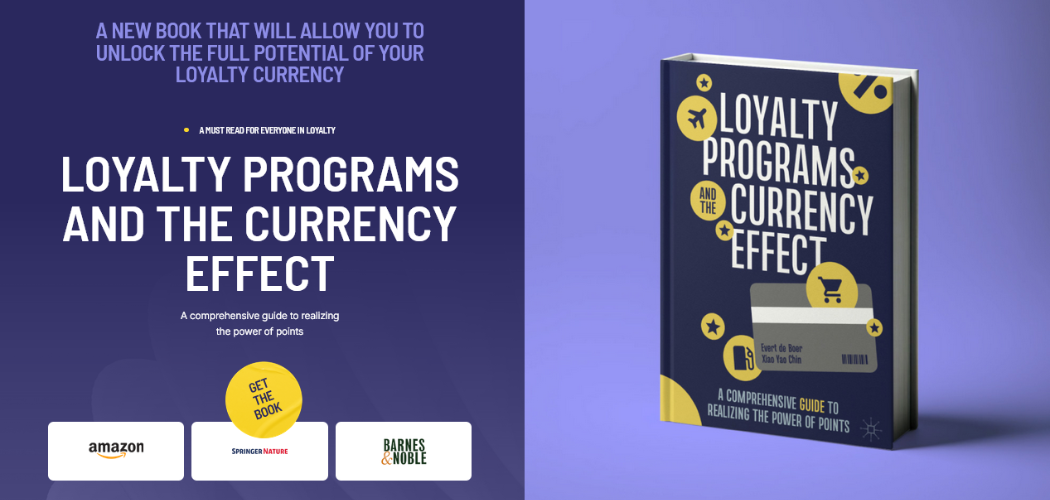Legal CRM: What went wrong? (And how to fix it.) | JD Supra Perspectives

The best way to make CRM successful is to make it useful.
A recent survey published by CLIENTSFirst Consulting contains sobering insights for the world of Legal CRM. Respondents gave their CRM an average score of 5 out of 10 for overall success. These are all firms that invested in CRM systems with the aim of getting closer to their clients. What went wrong? When I asked CMOs, I heard a lot of passionate rants about two things:
- Inaccurate data
- Low partner adoption
These are real problems, and the CLIENTSFirst survey data bears them out: on average, respondents gave their data quality a 6 out of 10, with roughly 1/3 of attorneys using CRM on a regular basis. But these explanations just scratch the surface of what’s wrong with legal CRM. There’s a deeper explanation, one that goes to the very heart of what CRM is, where it came from, and where it’s going.
A case study in CRM success: The tech industry
CRM was invented as a new software category (“Customer Relationship Management”) in the 1990s by companies like Oracle and SAP. At their core, those early CRM providers were database companies. They were really good at building systems that allowed people to store, retrieve, and report on large amounts of structured data.
Like many new B2B technologies, CRM first took off in the very industry that created it: Tech. CRM succeeded because it solved an important management problem: visibility into what their reps were doing. CRM allowed sales managers at every level of the sales organization to impose transparency and accountability on the level below, specifically:
- which reps were accountable for which companies (account assignments)
- what actions the reps were taking in order to make that happen (activity)
- what deals were in play (pipeline)
- what deals were likely to close this quarter (forecast)
The sales reps themselves resented CRM. They saw it as a waste of time and an encroachment on their autonomy. Through a mix of sticks and carrots (mostly sticks), sales managers ultimately prevailed. “If it’s not in CRM, it didn’t happen,” became a common managerial scold, often accompanied by a threat to withhold commission or activity-based bonuses.
Why Legal is different
Sales reps in tech are managed through brute force. They’re given sales and activity targets and they’re rewarded or punished based on achievement of those targets. That’s the game, and CRM is the scorecard—the system that tracks who’s up, who’s down, who gets paid, and who gets fired.
The legal industry doesn’t work that way. The partners in a law firm may be its de facto sales force, but the structure of law firms is fundamentally different:
- Attorney ownership: Partners own the firm, so it’s really hard to tell them what to do
- Hours-based compensation: Compensation is driven by billable hours, not sales quotas
- Partner autonomy: Each partner brings unique expertise and relationships that largely allow them to “run their own shop”.
Rather than reward or punishment, in law it’s all about enablement—making partners more successful and reducing the burden on their time.
In that environment, CRM struggles to retain relevance. CRM isn’t the scorecard of partner performance. It’s often just a database of client contacts—simply put, the firm’s collective Rolodex. The CLIENTSFirst survey supports this view: 78% of respondents said their firm has a CRM in order to provide a central repository of contact information for marketing and BD initiatives. (Second place was knowing who knows whom with 62%, then improving attorney business development with 53%.)
This “collective Rolodex” positioning is the root cause of the CRM problem. Partners don’t have much cause to use it, since they have their own Rolodexes. Because those partners are the best source of current information on their clients, the data’s inaccurate.
The key to successful CRM: Activate the data
The best way to make CRM successful is to make it useful. Not useful to the partnership collectively, and not useful in a “pay-it-forward” kind of way, but useful to the individual partner who is deciding how to spend a few precious minutes of downtime between client meetings.
Here again, the tech industry provides a useful case study. Over the past two decades, platform providers have layered all kinds of new capabilities on top of the CRM database: email marketing engines, automated phone dialers, custom quote generators, electronic signature workflows, custom presentation compilers, AI-powered meeting transcribers, even automated gift shippers. The list is enormous. (In fact, Salesforce’s position as the industry leader is due far more to its ecosystem of third party integrations than to its core CRM.)
These solutions activate CRM data. They use the data in CRM to make it easy for salespeople to take action—send emails, make phone calls, hold meetings, take notes, sign contracts, close deals, send thank-you gifts, and so on. They’ve fundamentally changed the reason why salespeople use CRM. In the old days, you went through CRM because your manager yelled at you if you didn’t. Today, you go through CRM because it’s easier.
To make CRM successful, law firms must activate their CRM data in much the same way. Currently, firms have two main activation plays:
- Client newsletters
- Who-knows-who searches (typically as part of a BD-led client pursuit)
There’s a lot more that can be done. Firms are using AI-powered solutions (like my own company, MyMai) to take action based on CRM data. Using AI, partners can now harness that data to drive a level of personalization that was impossible even a few years ago, for example:
- Automatically draft personalized notes to their clients based on recent news headlines
- Engage their clients by sending the firm’s most relevant insights that speak to their unique priorities
- Identify and approach strategic accounts no one in the firm is talking to
- Build client trust by using language that will resonate
Use cases like these can turn CRM from a passive data repository into an active, dynamic tool that’s continuously driving client interaction.
Isn’t that why we bought CRM in the first place?
*
Formerly with leadership positions at PeopleLinx, McKinsey, and Socialtext, Michael Idinopulos is the Co-Founder of MyMai. Connect with him on LinkedIn. Follow his latest writings on JD Supra.
link





